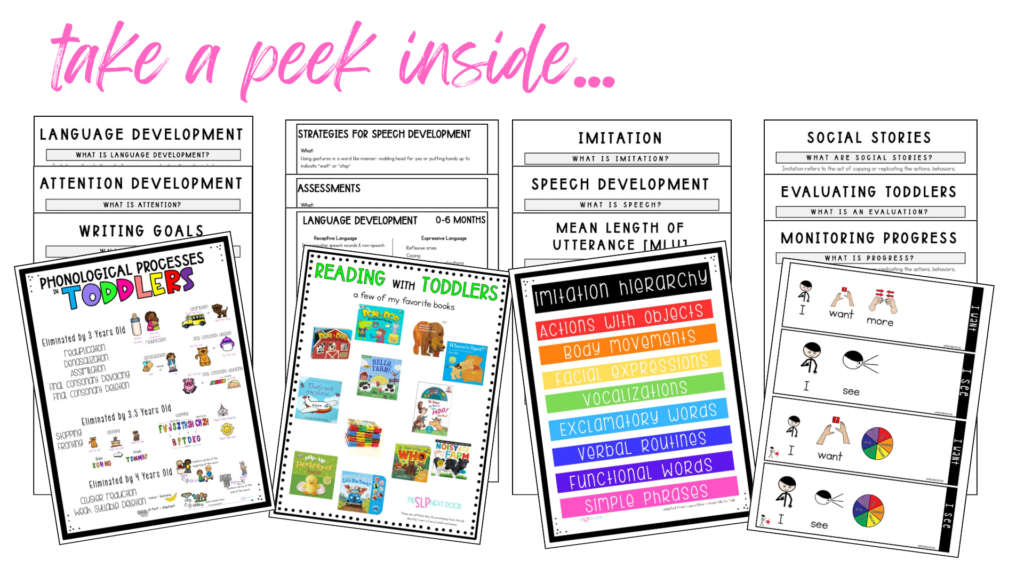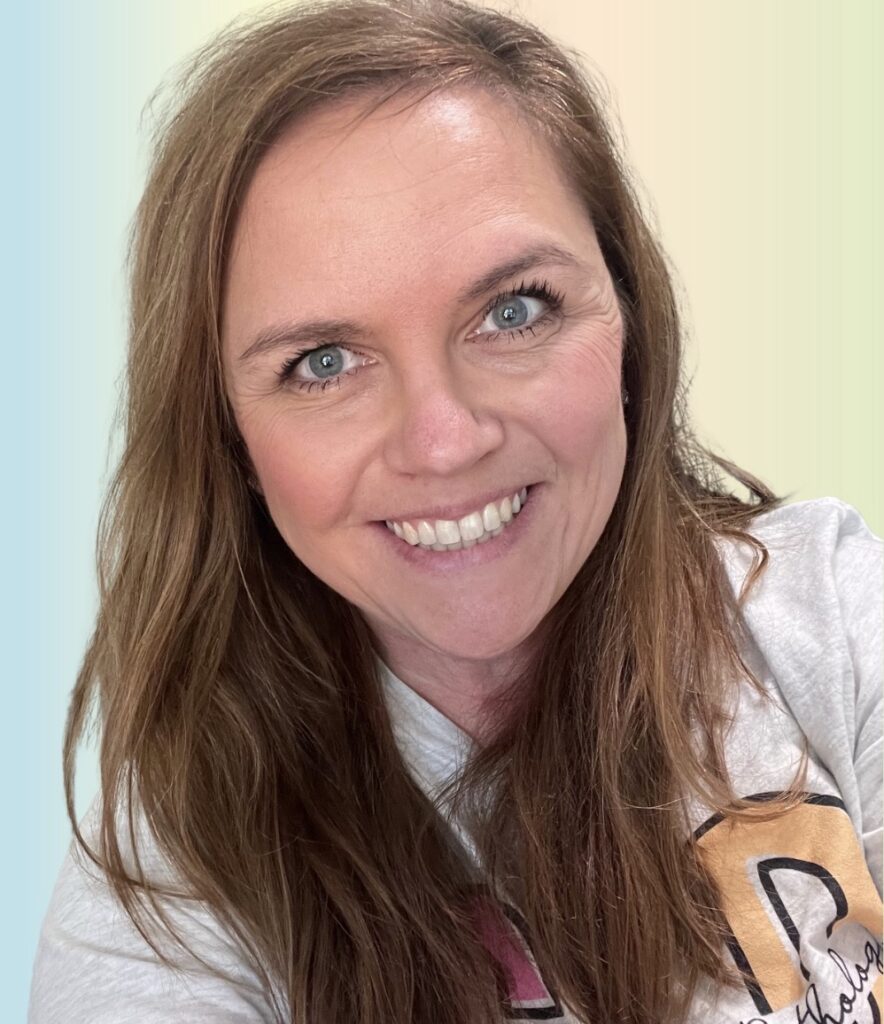How many times have you heard a parent say, “I cannot understand what they’re saying?” As SLPs working in early intervention speech and language, we hear it a lot. Aside from toddlers not saying anything at all, being unintelligible is usually the reason they show up on our caseloads. The culprit? Phonological processes.
What are phonological processes?
Phonological processes are patterns of sound errors that typically developing children use to simplify speech as they learn to talk. As their verbal production of words develops, children don’t always produce the phonemes (individual sounds in words) in the right place or the right order. It’s almost like toddlers decide: let’s make it easier and just call it, a nana or el-pant for a bit until we get the hang of this speech stuff.
In the first 4 years of life, toddlers and preschoolers will use reduplication denasalization, assimilation, final consonant devoicing, final consonant deletion, stopping, fronting, cluster reduction, and weak syllable deletion.
(I go into more detail about these phonological processes in the podcast episode above, so be sure to check it out!)
Phonological Disorder or Speech Delay?
How do we evaluate this population? There are several options. You can use a standardized assessment like the CAAP (clinical assessment of articulation and phonology) or take and analyze a speech sample.
A phonological disorder occurs when phonological processes persist beyond the age when most typically developing children have stopped using them or if the phonological errors demonstrated by the child are atypical. When it comes to speech sound disorders, it can be complicated to determine the difference between an articulation and a phonological disorder. It’s often “easier” to identify these differences in toddlers simply because you can compare the child’s speech to what’s developmentally appropriate. The difficulties in differentiation amp up as a child gets older.
One final note for today: If a toddler presents with many structure errors, the main focus of speech therapy goals should be building word structure before moving on to correct sound production. (this is something that isn’t really talked about a whole lot- but is super important when it comes to phonological disorders)
When it comes to planning therapy for these little ones, it will require a lot of play and target words that are functional and used in their everyday lives.
Want to know more about the phonological processes and everything else in early intervention speech and language? Check out my incredible handbook for SLP Early Intervention and Speech Therapy for Toddlers! ⬇️



